Out of all the aspects of real estate, it’s easy to forget how much the curb appeal of a property can affect not just how saleable it is, but also the average resale value. Small changes that take up very little money can add thousands of dollars to the asking price of a typical home. This article explains simple ways to raise the value of your home.
Read on!
1. Overhaul The Lawn
Any grass fronting your property should be kept in tip top shape, clean and tidy so it does not become an eyesore. It may just take mowing the lawn for the outside to look a lot smart up. If, however, you aren’t too afraid to put in a hard day’s work, the additional landscaping is worth it.
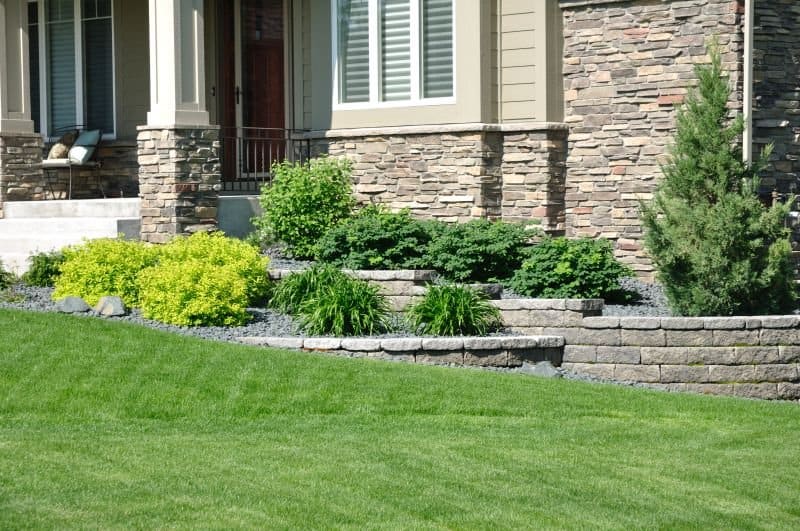
Image source: townandcountryent.com
Adding Flowers for neglected borders; trees; and clearing weeds from pathways and driveways will rescue a front yard from lacklustre in no time at all.
If you are contemplating opening your own real estate brokerage, then this is the advice you can provide to those of your clients that eschew traditional methods of selling and wish to do so without spending a lot of their money.
2. Replace The Front Door
Any old, tired and dated front door can leave the wrong impression on the interior of a home before potential buyers have stepped foot inside the place. There’s no need to replace it with a newer model and it will breathe life back into the facade without breaking the bank. Of course if your existing door is still sturdy you can refresh it with paint.

Image source: youtube.com
Most easily repaired using paint, wooden doors are your best bet, but UPVC doors are also susceptible to freshening up in this way.
3. Install Window Boxes
Some properties don’t have outdoor areas to jazz up, so you need to focus on the windows look. They’ll also give you an excuse to add some greenery, by installing window boxes, a trick that requires no paintbrush, but still brings a splash of color.
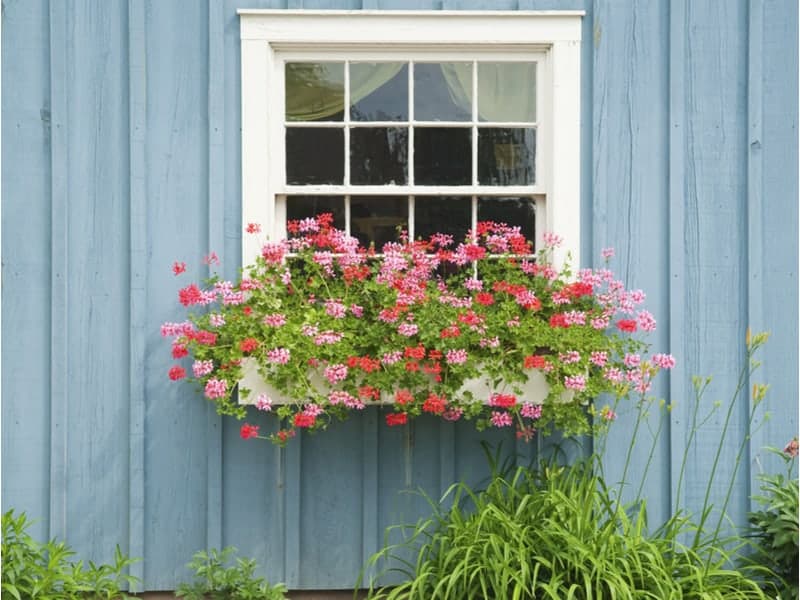
Image source: wcmanet.org
If you’re still looking for more window enhancements than that, shutters can add charm to your home for a very, very small price tag to major renovation projects.
4. Power Wash Grimy Surfaces
For any would be home seller buying or renting a power washer is a smart move. The best example of the paths and drives being dirt and debris blast from this device.
A power washing device can make short work of even the porches, doors, and windows. As long as you don’t put it in contact with any vulnerable surfaces or materials, you shouldn’t have a problem.
5. Clear Guttering And Replace Damaged Trim
Gutters accumulate a whole bucket load of mulch and matter over time so they need to be cleaned so they work and are no longer an eyesore.
Self this is done or get someone professional to handle this for you is safer. It costs a few hundred dollars to replace (and in most cases the seller will pay for), but it will vastly increase the value of your home.
6. Add Lighting To Thoroughfares
In daylight, your driveway or pathway to your house might look nice, but in the dark, they’ll blend into the background. And that is where the lighting really comes into its own where, if you’re going to show interested parties around in the evening, it’s going to help.
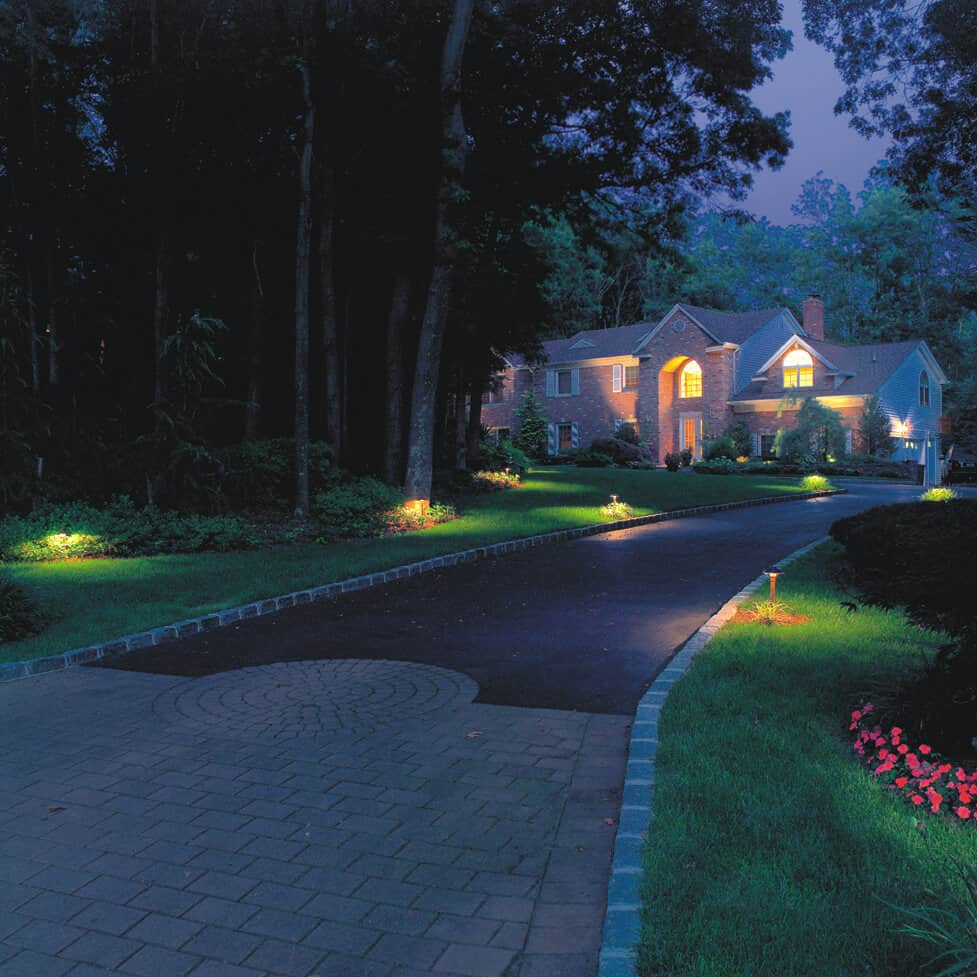
Image source: outdoorlights.com
Instead you could forget babysitting them and just let them go full Scottish with a mains connection, installing lights along these routes. Today, you can get the same effect for a fraction of the cost with affordable solar powered outdoor lights easy to procure.
7. Paint The Outside Of Your Property
A new paint on your home will make your home look newer and more appealing. Use neutral colors that everyone will find appealing. This could be one of the most expensive improvements to make without really noticing it, but it will also be one of the biggest improvements to the value of your home. A long in the tooth property paint will make it instantly into a more vibrant and welcoming abode.
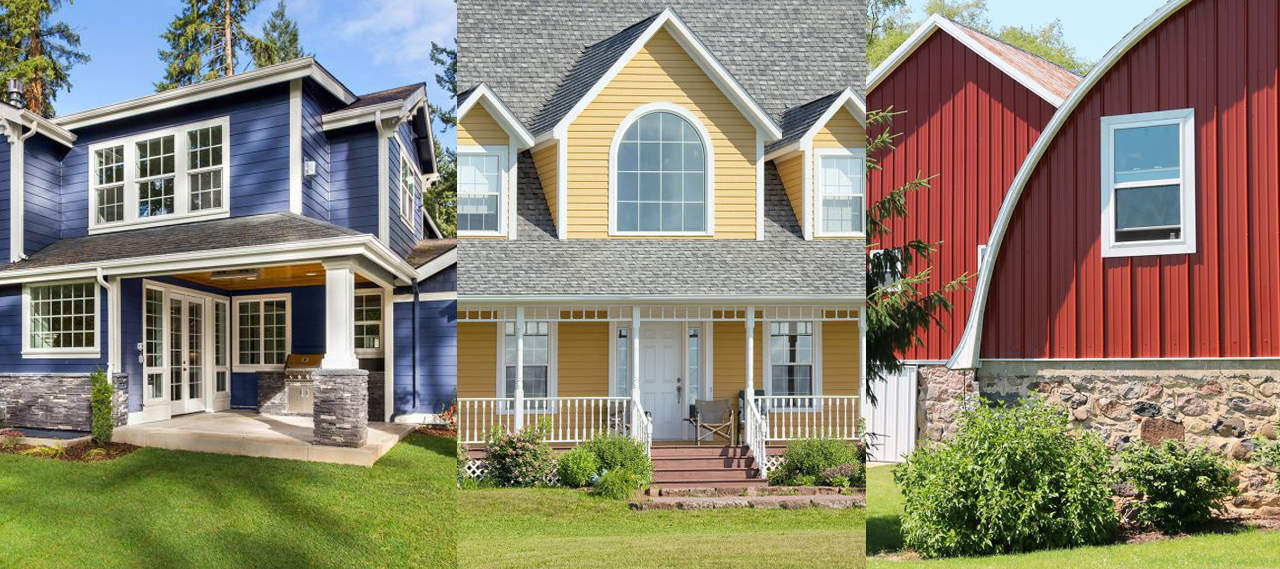
Image source: homesandgardens.com
The only way to save yourself money on this is to do it yourself, of course, but in that case you’ll be painting much more quickly than the pros.
8. Renovate and Update
Renovating and updating your home to increase the value today and even in the near future is one of the ways to do this. So consider upgrading your garage door, master bedroom (or all of your bedrooms), kitchen and bathrooms or painting the interior and exterior of your home.
Regular maintenance keep small problems from getting big. Make sure your home is in good repair, solving leaks, replacing old appliances, keeping your home clean, tidy and nothing seems to have gone missing!
9. Declutter and Organize Your Space
Prospective buyers have to see the property they are going to buy in order to judge its worth. Most of it is covered in other people’s possession so they can’t really inspect the walls and floor. Decluttering your home properly is about marketing a lifestyle and a desire (the need), because showing the client the space is easier to picture as his own and gives him the idea of what his life will be.
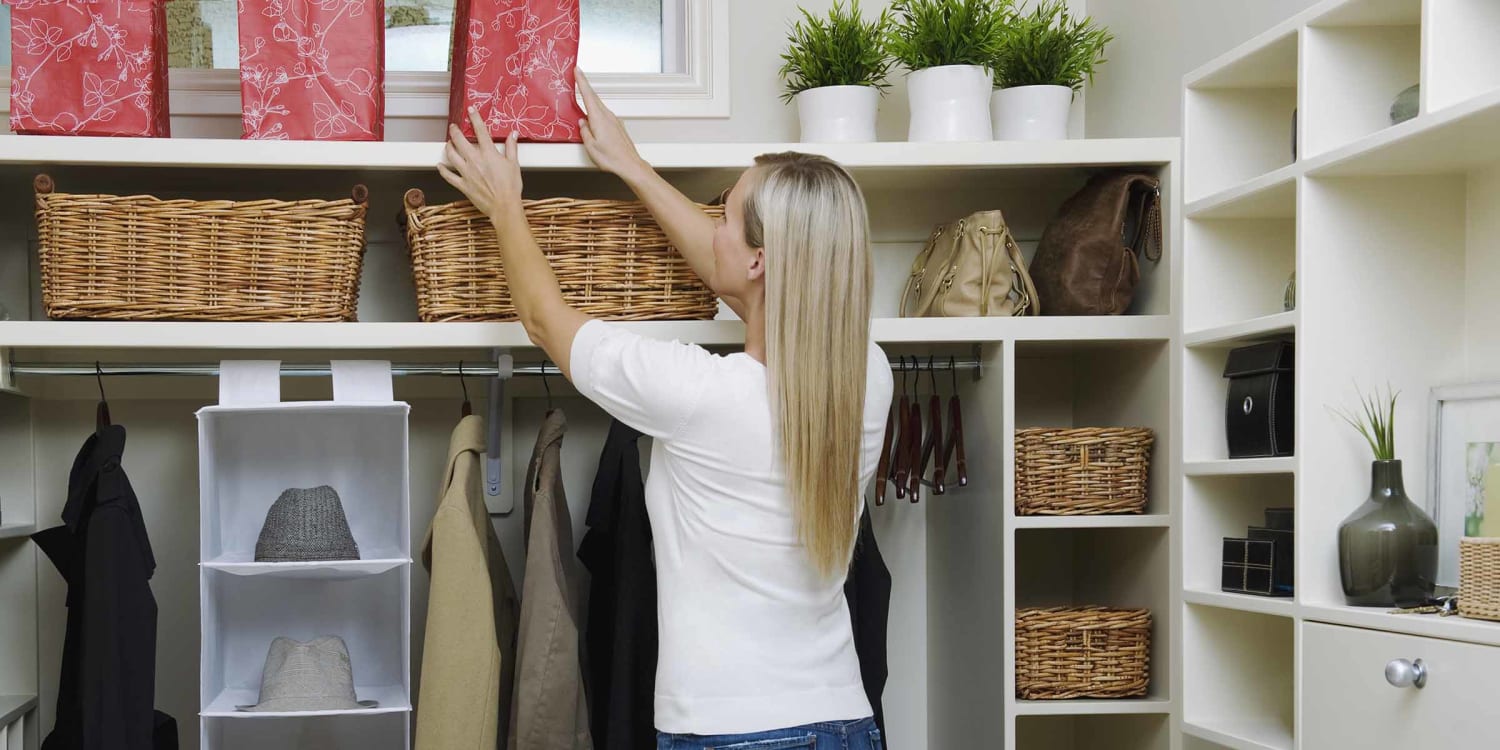
Image Credits: today.com
Everyone that buys a home tastes in design slightly different, so you want people to be able to see themselves in your home, therefore, take away any displays that feature too much personality. Something that adds character to a house, that makes it feel like your home, can also be true about giving that house more potential to be sold, but it’s only sometimes true.
10. Energy-efficient Upgrades
Installing solar panels, new window insulation, changing your old electric box or practising energy efficiency increases the value of your home and also helps to save energy costs.
11. Add A Stone Veneer
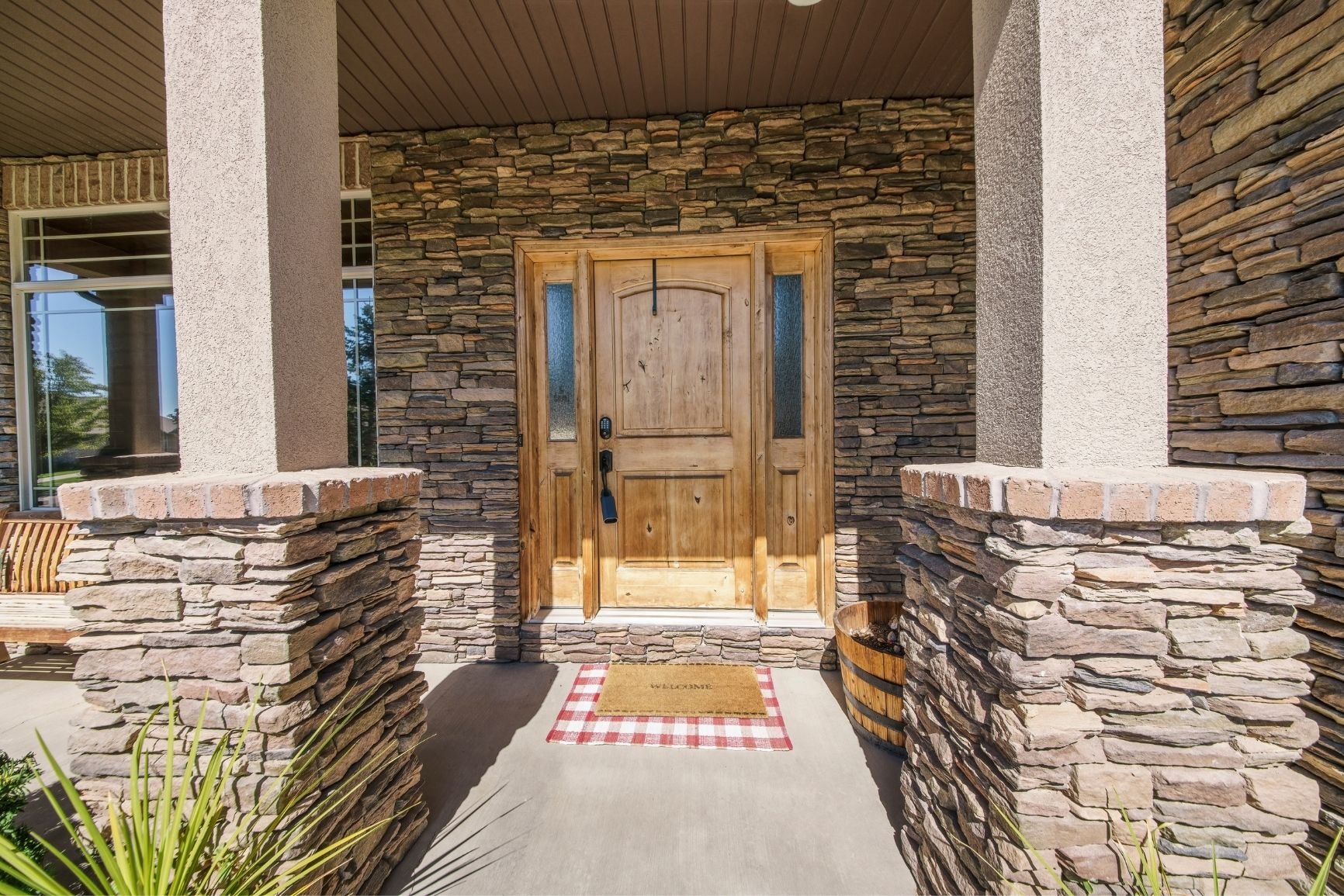
Image Credits: rocksolidveneers.com
One of the best ways to make money from remodelling is adding stone veneers. Synthetic stone veneer is the best project for recovering your expenditure. For this reason, if you are looking for classic yard ideas that are also cost friendly, this renovation is the right answer.
12. Improve The Lighting
It can make a huge difference in how your home looks and feels: good lighting. If your kitchen space has not been working like a workhorse for you, consider whether you would benefit from adding more natural light or installing new light fixtures.
13. Decorate Your Front Yard
You’ve probably had that experience, too — if you’ve ever ‘stopped to scent the roses’ past a house and seen a ‘smelleroo’ in progress. But how do you make sure that your front yard landscaping ideas set the right tone for the rest of your house?
It’s easier, it offers better views and the yard is in better shape, so people are more likely to look at the home. Here are a few flora which can be used to make your front yard appear more attractive.
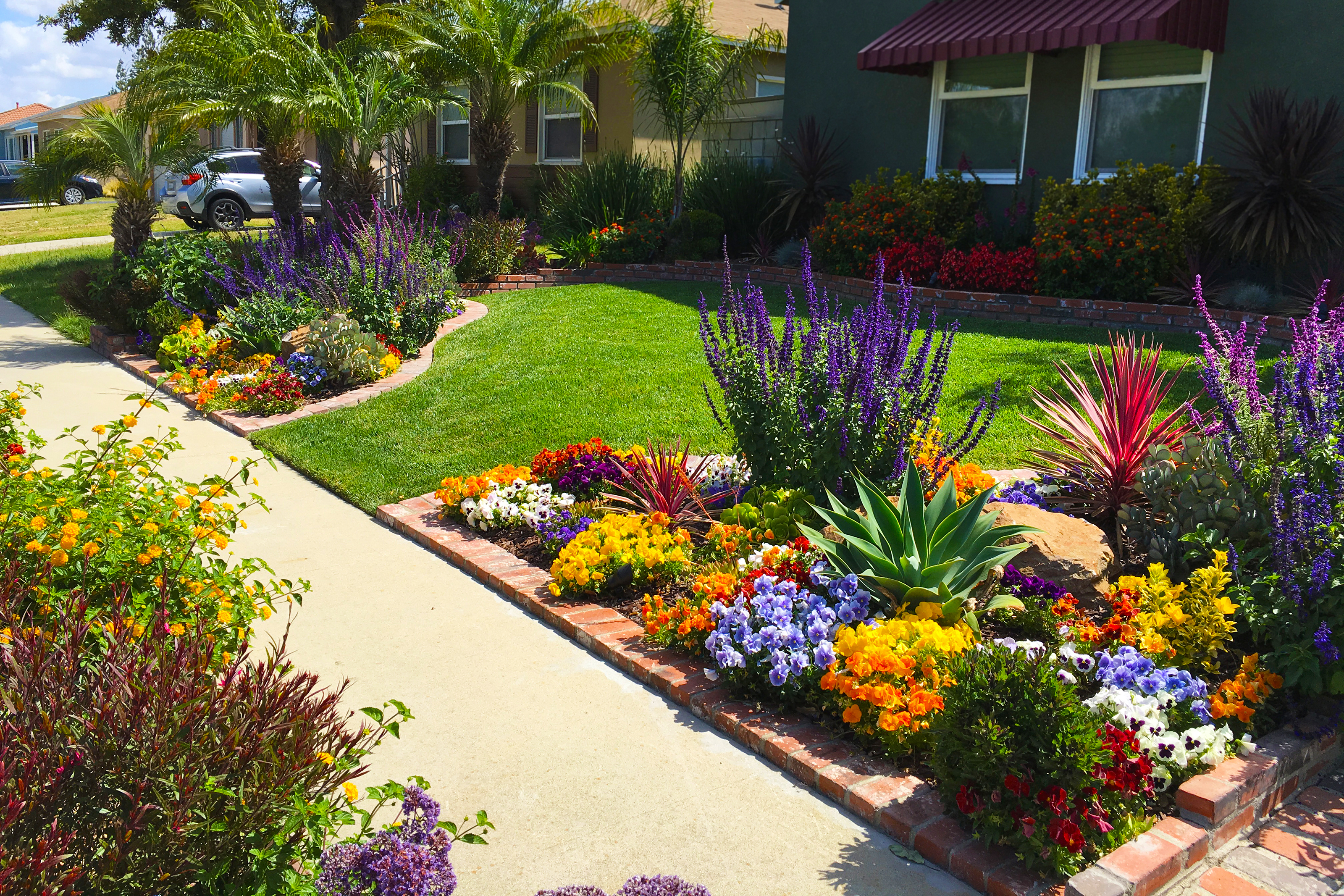
Image Credits: houselogic.com
Hydrangeas are ideal because of the striking blossoms and ever changing blooms provide a new personality to the front yard. They look amazing, giving off the impression that they are very high maintenance, but, actually, they’re not too hard to grow.
Most prospective purchasers should consider lilies because they are easy to tend and improve the look of the home’s façade. Worthwhile is planting the blooms because they come back again and again and need very little maintenance.
Fragrant flowering shrub draws attention. A Mediterranean evergreen plant that is fragrant but easy to grow as long as it is kept out of damp, rainy areas, it deters insects. The key to having a landscape that appeals to as many of your senses as possible is choosing fragrant plants and flowers that bloom and release fragrance annually.
For example, because you brush the blossoms as you pass along a walkway, the lavender grown on either square foot is finely liked: And for a reason.
14. Invest In Smart Home Technology
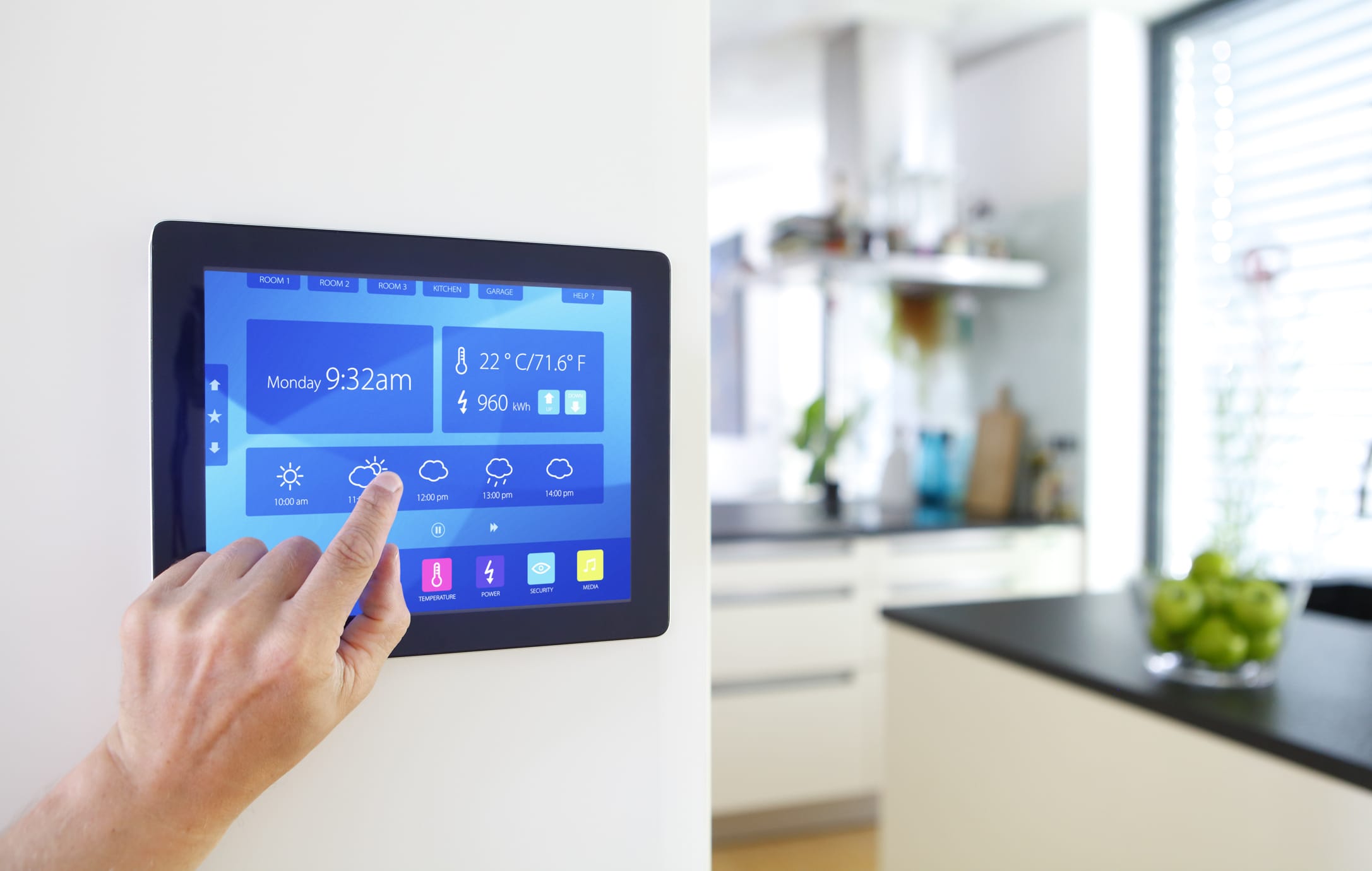
Image Credits: safewise.com
If you add smart technology like a security system, smart locks or a smart thermostat your home is safer, easier to manage and more valuable. To save time and money, buy the best programmable thermostats.
15. Kitchen Renovation
One of the best ways to give your home maximum value is with a DIY kitchen remodel. There are a lot of ways you can replace old appliances, update countertops, install new cabinetry, and new lighting.
16. Bathroom Upgrades
Another thing that can give your home some value is a bathroom remodel. Fixing up your home can be as easy as updating or adding fixtures, installing a new shower or bathtub, replacing old tiles, or replacing old lighting.
17. Adding a Deck or Patio

Image Credits: huffpost.com
Increasing the value of your home: You can also add outdoor living space, such as a deck or patio, to your home. This will be great place to entertain guests or spend time in the outdoors. Remodeling your deck can help increase its value and give that sense of outdoors appeal you’ve been wanting.
18. Add A Sunroom
One of the most cost effective ways to increase property value is to add a sunroom. About six percent.
19. Additional Living Space
If your home looks and feels crowded or cramped extra space can add value. Enhancement has a solution too—consider adding an extension or converting an unused attic or basement into a functional space.
20. Replace Your Roof
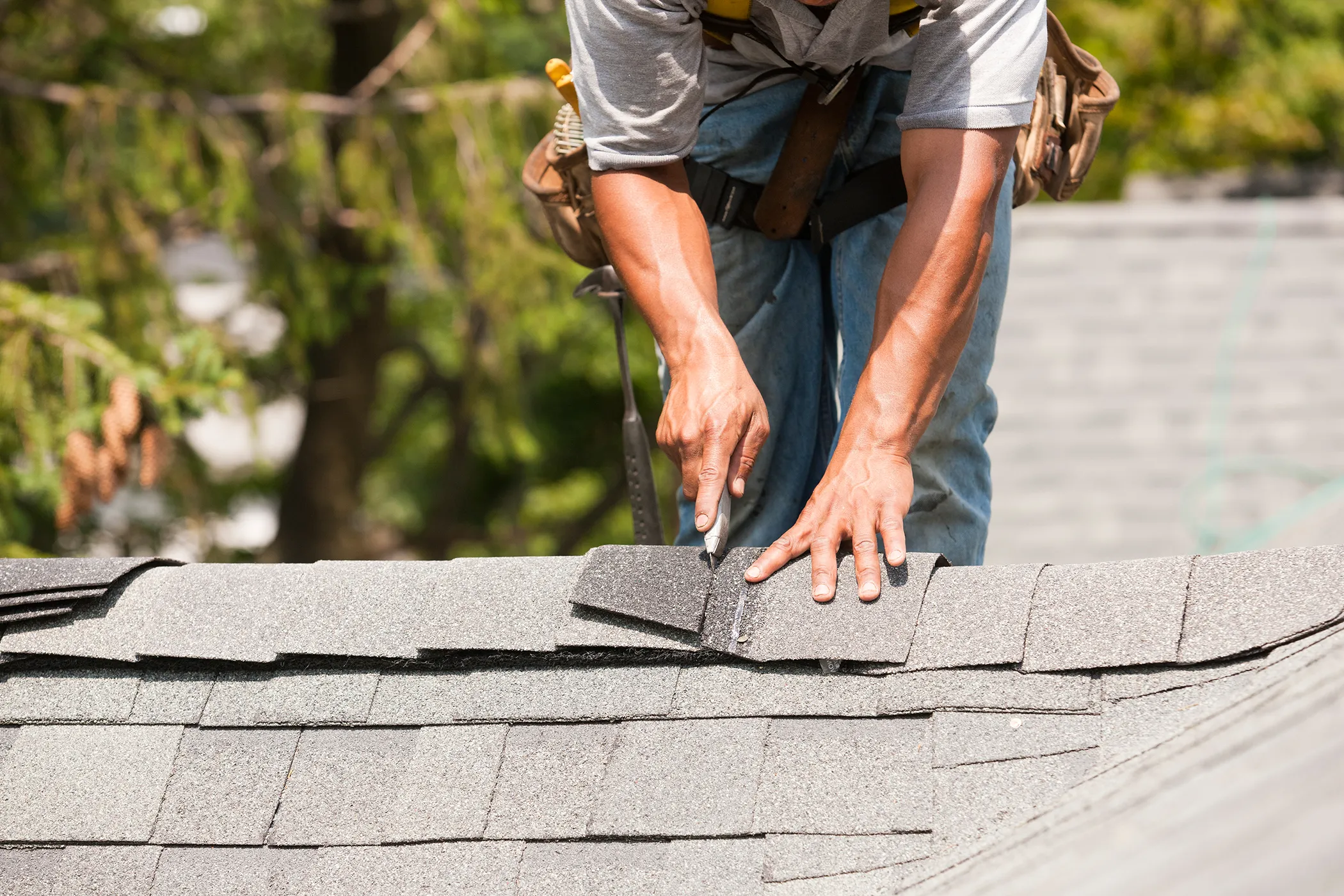
Image Credits: money.com
For structural and insulating reasons, it’s important to install a new roof. That explains why, while it may sound like wasting money now, it is a good idea to make sure a home is secure and water free prior to inviting surveyors, real estate agents and prospective purchasers to come around.
How Can You Pay For The Value Adds In Your Home?
If you’re considering making improvements to your property which will help to increase its value, you have various ways you can pay for it. Here are some options:
1. Cash
With enough savings, paying for the cash improvements is the most straightforward option. It doesn’t go into debt or up against interest and you own the improvements.
2. Home Equity Loan
If your home has equity, you can receive a home equity loan. This then becomes a type of loan where you’ll take out the actual loan based on the value of your home using it as collateral and you will receive a one-up lump sum for refinancing or home improvements. With home equity loans, pay fixed interest rates and terms between five and 30 years.
3. Home Equity Line of Credit
This is another type of a loan in which the collateral takes your home. But unlike a home equity loan, a HELOC is revolving line of credit you can pull from at your discretion. Most variable interest, which you’ll only pay on the cash you borrow.
4. Refinance Your Mortgage
If you have a mortgage, you can take advantage by refinancing to a lower interest rate and turning some of that money into a home improvement loan. This is a cash out refinance.
5. Personal Loans
If you don’t have equity and don’t want to use your home as collateral, you are able to take a personal loan. Personal loan is an unsecured loan; you are not required to put up collateral to get the loan. But their interest rates tend to be higher than with home equity loans or HELOCs.
6. Credit Cards
Home improvements can also be paid for using a credit card, but this is generally only advisable when the bill can be cleared off quickly. Interest on a credit card is higher than other types of loans.
How you decide to pay for improvements that give value ultimately depends on your financial situation and goals. Decide only after considering your budget, credit score and interest rates. Another thing you can do is get a financial advisor or mortgage broker to help you decide which option is for you.
Frequently Asked Questions On How To Increase The Value Of Your Home
1. What is a fast way to increase the value of my home?
Cosmetic changes improve the overall appearance of your home and the fastest way to increase your home value. This can include things like:
- Painting: Because fresh coat of paint can really transform the look of your home so when it is a fresh coat of paint you can say you give your home a new look just like that.
- Decluttering and organizing: Removing junk and tidying up your house could help make it look larger and more appealing to people who might buy your place.
- Cleaning: A nice clean can make a huge difference with your home’s appearance. Deep cleaning of carpets and floors, toilet and kitchen scrubbing, and also window washing are part of this.
- Lighting: Updating your light fixtures can add a bit of new light to your home and make it a little brighter and a bit less unwelcomed.
- Landscaping: Landscaping your home can also help it to increase it’s value a big way. Planting flowers or shrubs, trimming trees, adding outdoor lighting are things that can be considered part of this.
2. What lowers home value?
Several factors can lower the value of a home, including:
- Poor maintenance: That home won’t have been in good condition, so it’ll probably be worth less. That means peeling paint, leaking roofs or broken appliances.
- Outdated fixtures and finishes: This includes older, dated fixtures and finishes that reduce value however. It’s old appliances, worn carpeting or old light fixtures.
- Location: In fact, the location of a home can affect its value. Crime ridden areas and poor schools can bring a home value down.
- Structural issues: Structural troubles such as foundation problems, water damage or mould can give your home a lower value.
- Unappealing curb appeal: A home’s curb appeal, whether too worn out or too shabby, can make a difference in its value, as well.
3. What does not increase the value of my home?
Several factors can decrease the value of a home, including:
- Poor condition: Raise is lowering home value because of poor condition or a significant amount of wear and tear. It could be flawed features, structural problems or cosmetic problems.
- Location: Your home’s value can depend on where you live. Areas which have homes in areas with high crime rates, poor schools, or low demand may have less valuable homes than those in more desirable neighborhoods.
- Market conditions: Value of a home varies from market to market, i.e. it gets affected by fluctuations in the real estate market. In a buyer’s market, when a lot more homes are up for sale than people paying, prices can fall.
- Economic conditions: Value of a home can also be determined based on economic factors like rising interest rates or a recession.
- Environmental factors: Areas at risk of natural disasters like floods or wildfires might not be as safe from the damage or even destruction as homeowners would like.
- Nearby construction: A home nearby to such construction, such as a new highway or commercial development, can hurt its value.
- Upgrades and renovation: Surprisingly, some upgrades or renovations that have to fit in with the kind of neighborhood the home is in or simply aren’t done correctly can actually have the effect of decreasing the value of the home rather than add to it.
The Bottom Line
First, it is arguably more important to have a house that looks good from the street rather than too much worry about making the interior improvements when it is time to sell. Try and spend your budget in the areas with the biggest impact and focus on those areas which require the most attention.
Featured Image Credits: fix-sell.com














